Principles of Microeconomics Robert Frank 7th edition – Test Bank
Principles of Microeconomics, 7e (Frank)
Chapter 3 Supply and Demand
1) If a country’s economic decisions are made by an individual or small number of individuals, then it has a:
A) centralized economy.
B) free-market economy.
C) capitalist economy.
D) open economy.
Answer: A
Explanation: In centralized economies, an individual or a small group of individuals decide what, how, and for whom to produce.
Difficulty: 1 Easy
Topic: What, How, and For Whom? Central Planning Versus the Market
Learning Objective: 03-01 Describe how the demand and supply curves summarize the behavior of buyers and sellers in the marketplace.
Bloom’s: Remember
AACSB: Reflective Thinking
Accessibility: Keyboard Navigation
2) A good example of central planning at work in the U.S. is:
A) car manufacturers establishing suggested retail prices.
B) McDonald’s fries being the same everywhere.
C) unions working with businesses to establish wages.
D) New York City’s rent control program.
Answer: D
Explanation: In New York, the rent that can be charged for certain apartments is regulated by the government.
Difficulty: 1 Easy
Topic: What, How, and For Whom? Central Planning Versus the Market
Learning Objective: 03-01 Describe how the demand and supply curves summarize the behavior of buyers and sellers in the marketplace.
Bloom’s: Remember
AACSB: Reflective Thinking
Accessibility: Keyboard Navigation
3) The entire group of buyers and sellers of a particular good or service makes up:
A) the demand curve.
B) the supply curve.
C) a market.
D) the equilibrium price and quantity.
Answer: C
Explanation: A market for any good consists of all buyers and sellers of that good.
Difficulty: 1 Easy
Topic: What, How, and For Whom? Central Planning Versus the Market
Learning Objective: 03-01 Describe how the demand and supply curves summarize the behavior of buyers and sellers in the marketplace.
Bloom’s: Remember
AACSB: Reflective Thinking
Accessibility: Keyboard Navigation
4) Suppose you bought three tickets to a concert in advance at the University ticket window. At the last minute one friend cancelled, so you could use only two of the tickets. You sold the third ticket just outside the entrance to the concert for more than the price you had originally paid. Which transaction occurred in a market?
A) The advance purchase at the University was the only market transaction.
B) The sale that occurred at the concert entrance was the only market transaction.
C) Both the purchase at the University ticket window and the sale at the concert entrance were market transactions.
D) Neither the purchase at the University ticket window nor the sale at the concert entrance was a market transaction.
Answer: C
Explanation: A market for any good consists of all buyers and sellers of that good. In both transactions, there was a seller and a buyer.
Difficulty: 2 Medium
Topic: Buyers and Sellers in Markets
Learning Objective: 03-01 Describe how the demand and supply curves summarize the behavior of buyers and sellers in the marketplace.
Bloom’s: Understand
AACSB: Reflective Thinking
Accessibility: Keyboard Navigation
5) Suppose you camped out in front of an electronics store to be one of the 200 lucky people able to purchase the latest gaming system. You bought the system for $350. Two weeks later you see that the same system can be sold on e-Bay for $600, so you sell your system. Your market role was as a:
A) consumer in both markets.
B) consumer at the electronics store and a seller on e-Bay.
C) consumer at the electronics store; the e-Bay transaction did not occur in a market.
D) seller in both markets.
Answer: B
Explanation: A market for any good consists of all buyers and sellers of that good. In the first transaction, you were a buyer, but on e-Bay you were a seller.
Difficulty: 2 Medium
Topic: Buyers and Sellers in Markets
Learning Objective: 03-01 Describe how the demand and supply curves summarize the behavior of buyers and sellers in the marketplace.
Bloom’s: Understand
AACSB: Reflective Thinking
Accessibility: Keyboard Navigation
6) To understand how the price of a good is determined in a free market, one must account for the desires of:
A) buyers.
B) sellers.
C) governmental agencies.
D) buyers and sellers.
Answer: D
Explanation: Buyers and sellers interact to determine the market price.
Difficulty: 1 Easy
Topic: Buyers and Sellers in Markets
Learning Objective: 03-01 Describe how the demand and supply curves summarize the behavior of buyers and sellers in the marketplace.
Bloom’s: Remember
AACSB: Reflective Thinking
Accessibility: Keyboard Navigation
7) Buyers and sellers of a particular good make up the:
A) market for the good.
B) demand for the good.
C) supply for the good.
D) production possibilities curve for the good.
Answer: A
Explanation: The market for any good consists of all buyers and sellers of that good.
Difficulty: 1 Easy
Topic: Buyers and Sellers in Markets
Learning Objective: 03-01 Describe how the demand and supply curves summarize the behavior of buyers and sellers in the marketplace.
Bloom’s: Remember
AACSB: Reflective Thinking
Accessibility: Keyboard Navigation
8) “All else constant, consumers will purchase more of a good as the price falls.” This statement reflects the behavior underlying:
A) the demand curve.
B) a change in demand.
C) the supply curve.
D) a change in supply.
Answer: A
Explanation: A fundamental property of the demand curve is that it is downward sloping with respect to price. That is, as price falls, quantity demanded rises.
Difficulty: 1 Easy
Topic: Buyers and Sellers in Markets
Learning Objective: 03-01 Describe how the demand and supply curves summarize the behavior of buyers and sellers in the marketplace.
Bloom’s: Remember
AACSB: Reflective Thinking
Accessibility: Keyboard Navigation


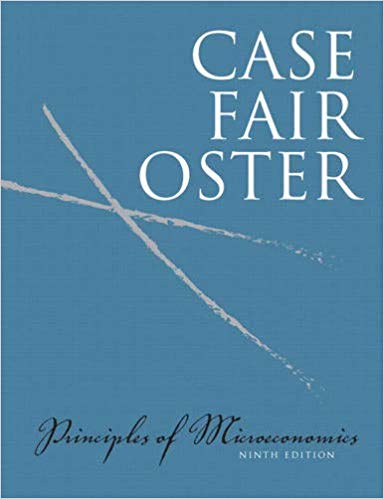




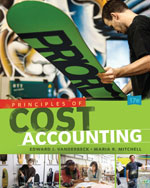
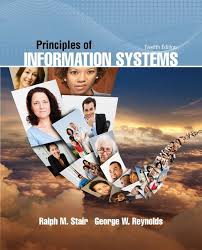

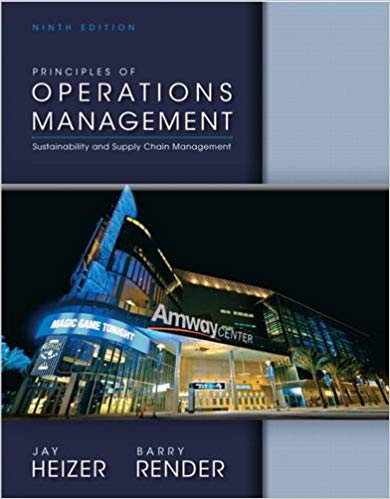
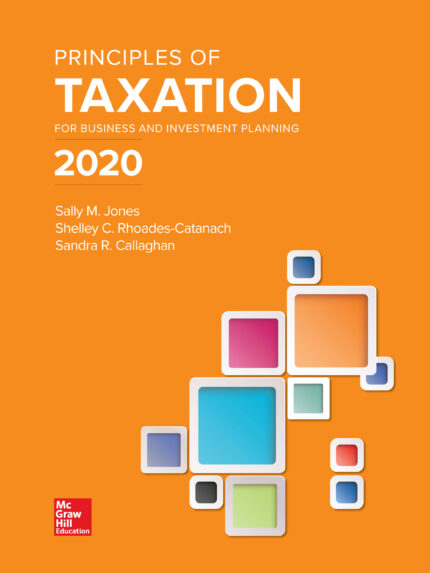
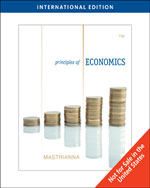
Reviews
There are no reviews yet.